Tenant Attraction Strategies: Office Fitouts That Lease Faster
You know the feeling. Another week passes, and that prime CBD space is still sitting empty while the building down the street just took down its For Lease sign after only being available for a few days. What’s their secret?
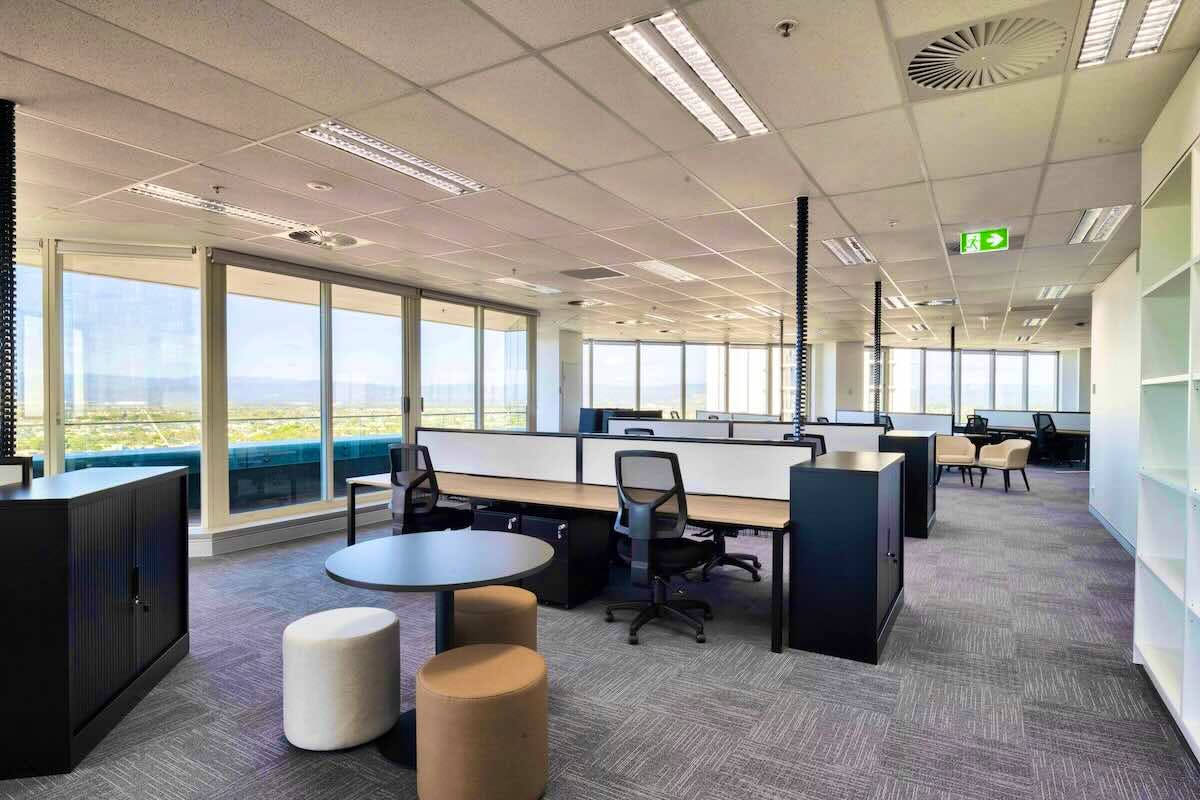
The answer often lies in something many leasing agents overlook: the office fitout itself. In today’s hyper-competitive CBD market, where vacancy rates hover around 10-18% across major cities, it’s not just about bigger incentives or lower rents anymore. Smart landlords are discovering that strategic fitout choices can be the difference between a space that languishes for months and one that leases within weeks, because modern tenants aren’t just renting square metres—they’re buying into a vision of how their business will operate and how their employees will feel.
The pandemic fundamentally shifted tenant expectations, and those changes aren’t going anywhere. Companies are increasingly combining ‘stay-put’ renewals with growth plans, expanding within existing buildings rather than moving. This means when they do move, they’re looking for something genuinely better, not just different.
The fitout strategies that worked five years ago won’t get results today. But the ones we’re about to explore? They’re the difference between a space that sits empty and one that becomes a tenant magnet.
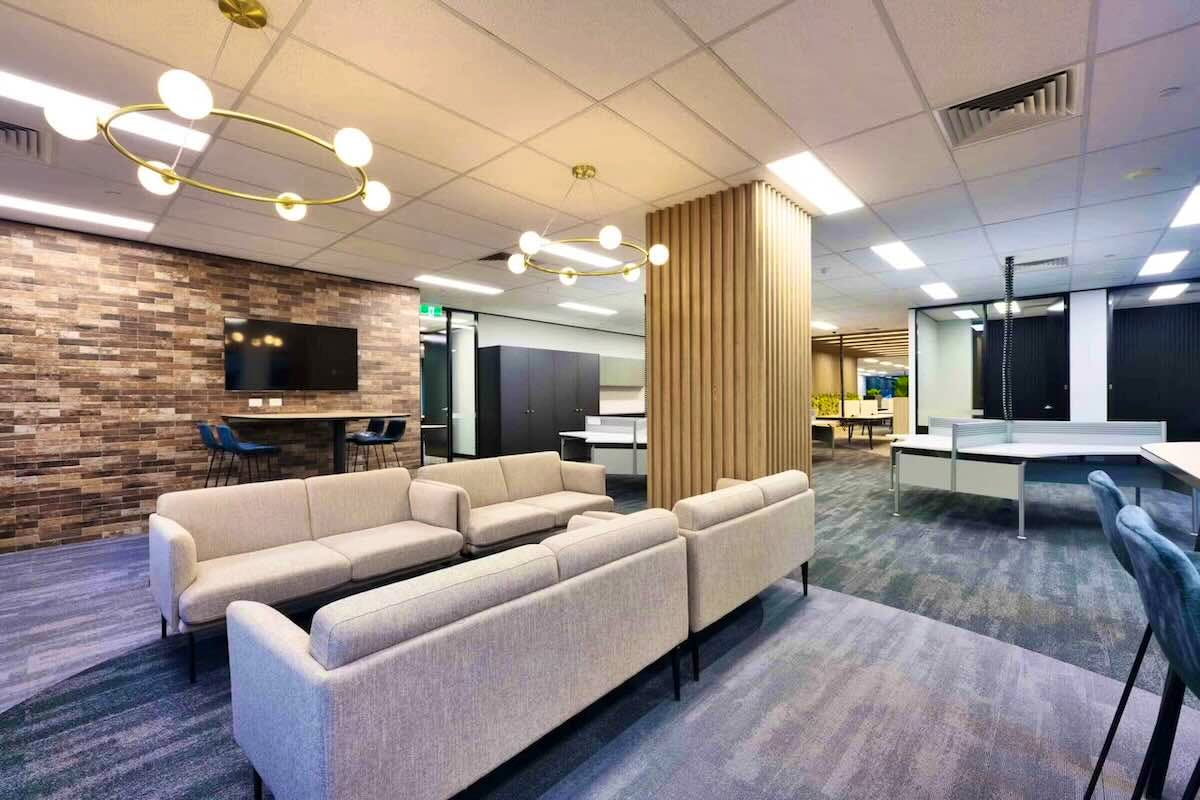
The Speculative Fitout Revolution: Why ‘Ready-to-Go’ Is the New Gold Standard
Speculative fitouts are the biggest game-changer in the Australian leasing market. If you haven’t embraced spec fitouts yet, you’re probably wondering why competitors consistently fill their spaces faster.
The numbers tell the story. Tenants have secured full speculative fitouts and rental abatements of 25-30% on five-year leases, bringing total incentive packages closer to 50%. But here’s the crucial insight most agents miss: it’s not just about the financial package. Spec fitouts fundamentally change the tenant’s decision-making process from a complex, risky undertaking to a simple choice.
The traditional leasing process asks tenants to envision their business in an empty shell, coordinate with designers, manage construction risk, and wait months before moving in. A well-executed spec fitout eliminates all that friction. They can walk through the space, immediately see their team working there, and be operational within weeks.
The most successful spec fitouts share critical design characteristics: they’re built around flexibility rather than rigid layouts. This means modular elements that can be easily reconfigured, technology infrastructure supporting various business models, and spaces that scale with changing needs. Plus, tenants aren’t required to carry out full ‘make good’ strip-outs at lease end, changing the entire financial equation.
Here’s where many landlords get it wrong: they default to generic, vanilla approaches. The most successful spec fitouts take a subtle but strategic approach to personality, creating spaces that feel contemporary and professionally designed without alienating potential tenants. The sweet spot makes tenants think, “This looks exactly like where our business should operate.”
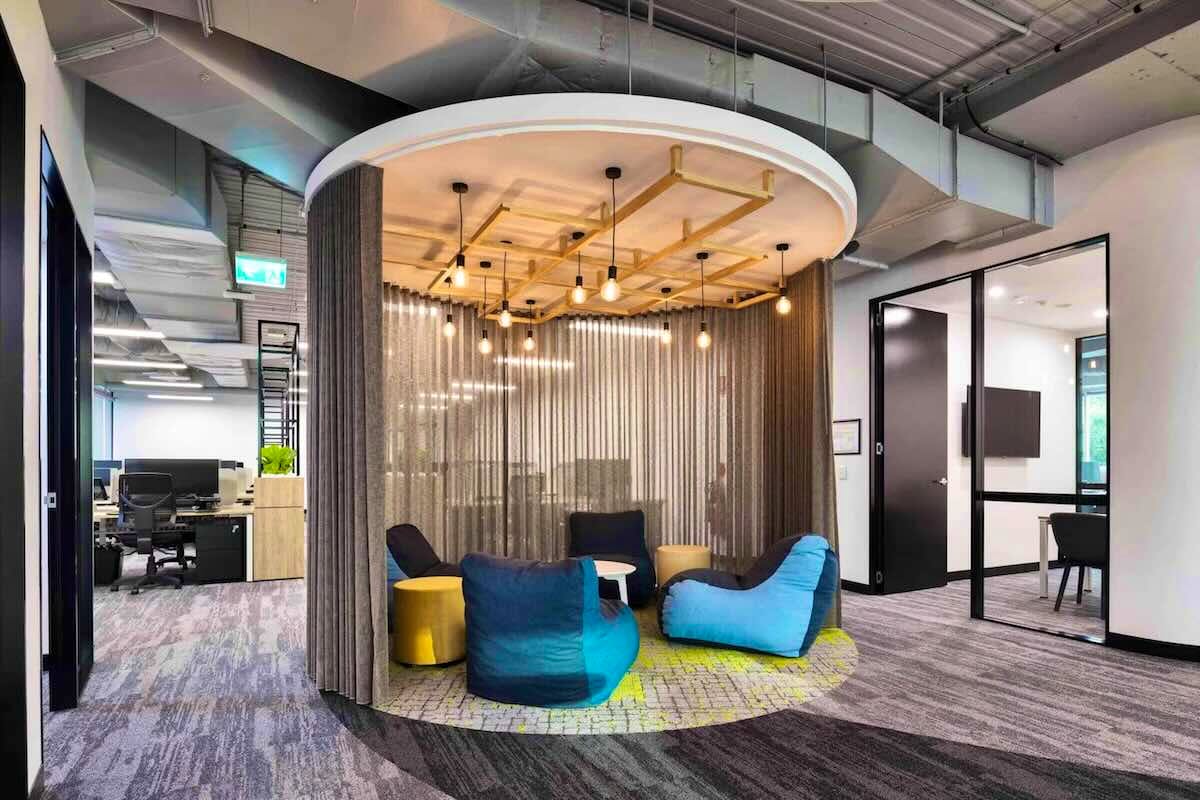
Hybrid-First Design: Creating Spaces That Work for Modern Business
The hybrid work revolution isn’t a trend—it’s the new baseline. With office attendance patterns fluctuating daily, successful fitouts must accommodate everything from full-capacity collaboration days to quiet, focused work when teams are smaller.
The key is designing for adaptability rather than fixed functions. Modular furniture systems that can transform from individual workstations to collaborative setups within minutes are becoming essential. Think movable walls, height-adjustable desks that serve multiple users, and meeting spaces that can expand or contract based on attendance. The most forward-thinking designs incorporate “activity-based working” zones—distinct areas for focused work, collaboration, and social interaction that employees can choose based on their daily needs.
Smart leasing agents are positioning these hybrid-ready spaces as future-proof investments. When tenants can see that a space will adapt to their changing workforce patterns over a five-year lease term, it becomes much easier to justify the commitment. The question shifts from “Will this work for us now?” to “Will this grow with our business?”
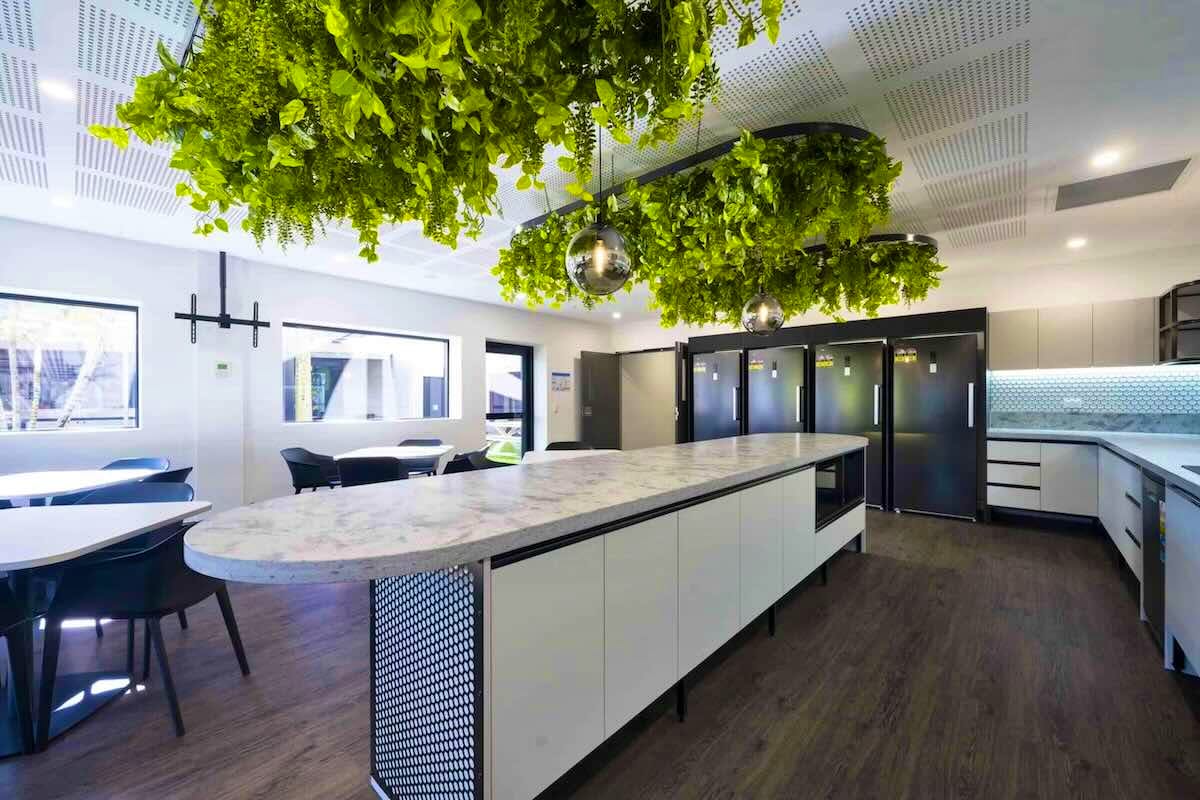
The Wellness Factor: How Health-Focused Design Drives Tenant Decisions
Employee wellbeing has moved from nice-to-have to business-critical, and savvy tenants are evaluating spaces based on how they’ll impact their team’s health and productivity. This shift creates significant opportunities for landlords who understand what wellness-focused design actually means in practice.
Biophilic design elements are proving particularly powerful. Indoor plants, living walls, and natural materials like timber and stone don’t just look appealing—they measurably reduce stress and improve cognitive function. But here’s the insider knowledge: it’s not about cramming plants into every corner. The most effective approaches integrate nature thoughtfully, creating spaces that feel organic rather than forced.
Acoustic design is equally critical. Open-plan spaces need sophisticated sound management through strategic placement of soft furnishings, acoustic panels, and white noise systems. The most successful fitouts create variety; quiet zones for concentrated work, collaboration areas designed for conversation, and everything in between.
Movement and ergonomics complete the wellness picture. Sit-stand desks, walking meeting areas, and spaces that encourage physical activity throughout the day help tenants envision healthier, more productive work environments for their teams.
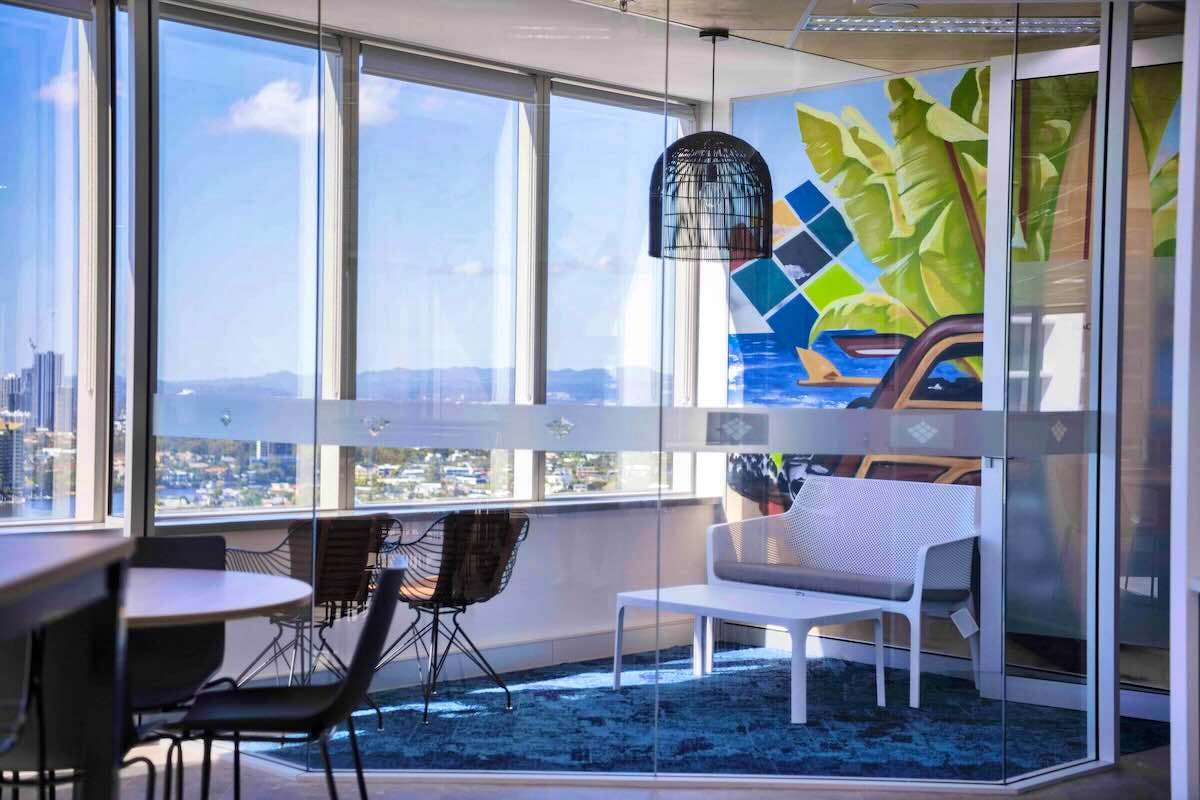
Your Next Steps: From Empty Space to Tenant Magnet
The leasing landscape has fundamentally changed, and the agents achieving consistent success are those who understand that fitout strategy is lease strategy. From speculative fitouts that eliminate tenant friction to wellness-focused designs that support employee productivity, every design choice either moves you closer to or further from a signed lease.
The most successful CBD landlords are no longer just property managers, they’re workplace strategists who understand how physical environments impact business performance. They’re investing in spaces that don’t just house businesses but help them thrive.
Ready to transform your vacant space into a tenant magnet? Urban Group’s office fitout specialists understand exactly what today’s tenants are looking for. We’ve helped countless landlords across Brisbane reduce vacancy periods and achieve premium rents through strategic fitout design. Let’s discuss how the right fitout strategy can transform your leasing results. Contact Urban Group today.
